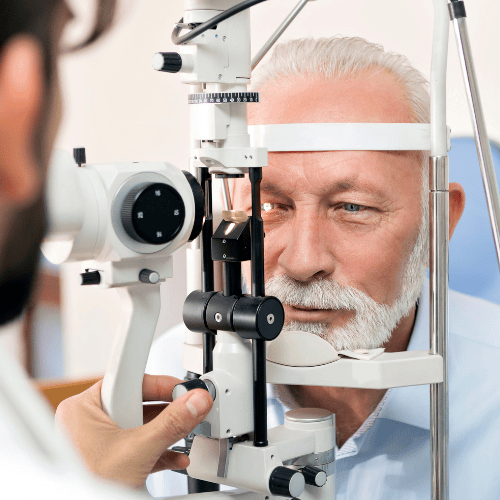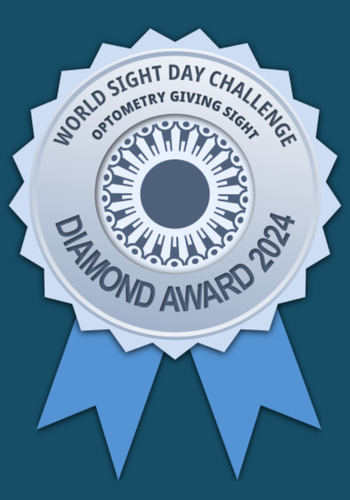HOW SHINGLES AFFECTS YOUR EYES

Painful, red sores that crop up along one side of your face or body may be due to a virus called shingles. This is the same virus that causes chicken pox. After initial infection (usually during childhood), the virus lays dormant in the body until an opportunity arises for re-infection. Aging, stress, fatigue and other factors that decrease the immune system may increase the risk for re-activating the shingles virus and causing re-infection.
Shingles lesions first show up on the face, tip of the nose, or abdominal areas. Other symptoms include fever, chills and fatigue. The lesions last from four to six weeks. Some who have had shingles experience pain lasting months or years afterwards – this is called “neuralgia”.
If a shingles outbreak affects the face there is a risk that the eye may be affected – pain, swelling, redness and blurry vision are typical symptoms. There may be sores on the eyelid and the inflammation may spread to the white part of the eye, the cornea, or even inside the eye. Treatment will likely include an oral anti-viral medication and sometimes medicated eye drops to fight infection and/or inflammation.
Timely and appropriate treatment is necessary to avoid some of the more serious consequences of a shingles infection which could include permanent loss of vision. Other types of eye infections and inflammations may have similar symptoms as shingles, therefore, an emergency visit to one of our optometrists is critical to determine the correct diagnosis.
Did you know that MVO offers after-hours tele consult services for eye emergencies? Click here for more info.
Reference: Shingles | The Canadian Association of Optometrists











